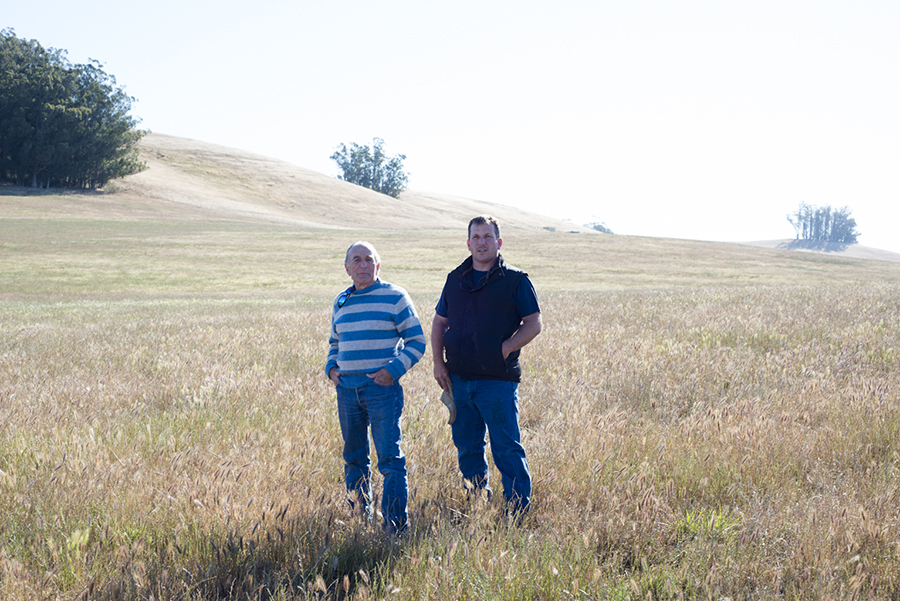Marin Agricultural Land Trust today announced the protection of 440 acres of farmland in Tomales, bringing the total number of acres under its protection to . . .
MALT preserves Poncia Ranch


Marin Agricultural Land Trust today announced the protection of 440 acres of farmland in Tomales, bringing the total number of acres under its protection to . . .